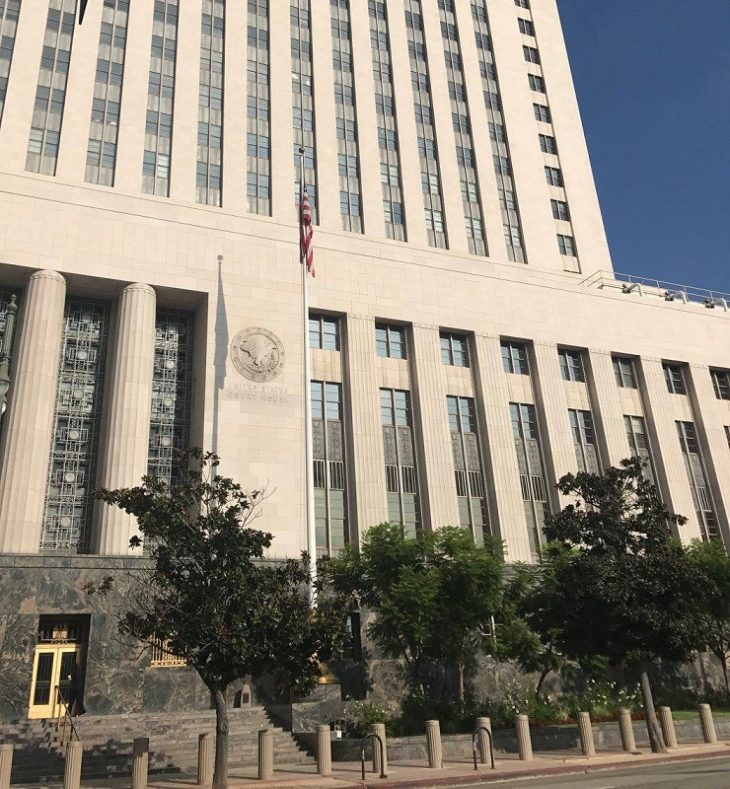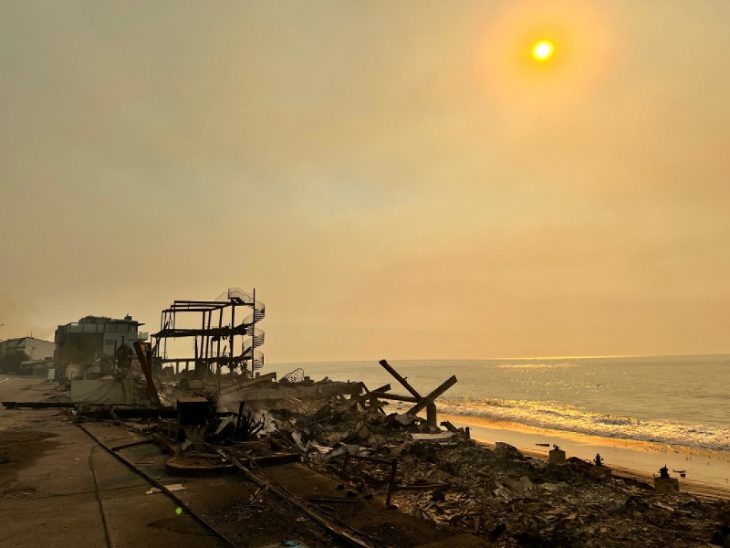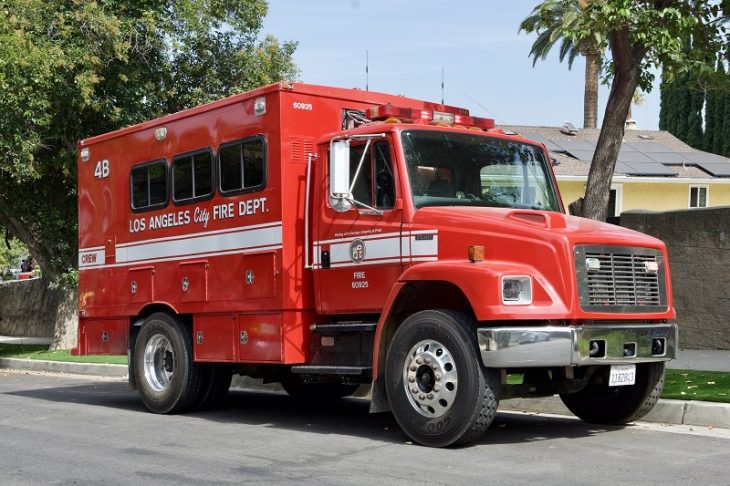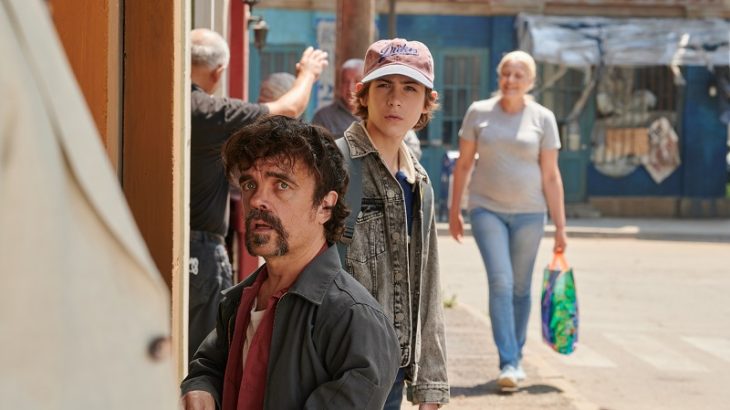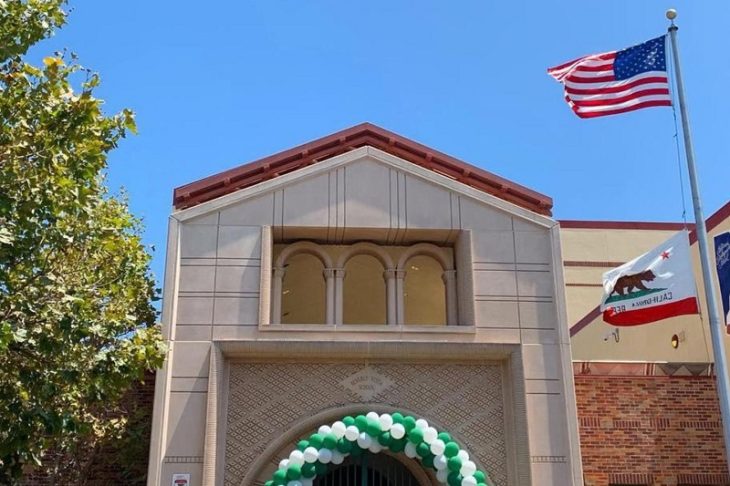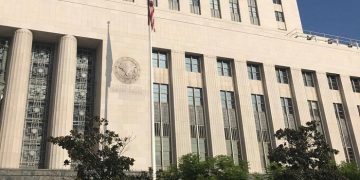
Imagine being able to come home to your own rancho in the heart of Pacific Palisades, complete with a stream, canyon and beach access. There wouldn’t be long commuter hours and weekend getaway traffic; it would be here in the bustling metropolis of Los Angeles.
Such a place exists.
Rancho Las Pulgas is 33 acres of lush canyon set amidst some of Los Angeles’ best real estate. A modest three-bedroom home and horse corrals dot the property. Rancho Las Pulgas is the last coastal canyon in Pacific Palisades available for purchase, and it’s yours for only $25 million.
Marketed by Rodrigo Iglesias for Coldwell Banker, the property includes abundant wildlife, ocean vistas, waterfalls and trails, a 1930-era farmhouse, horse corrals and 16 separate lots. It is not hard to imagine a 33-acre estate-on-the-sea.

Barry Maiten, president of Rancho Las Pulgas, Inc., envisions that one day the property will be the home of someone who loves the seclusion and exclusivity, who appreciates the solitude, and who will not attempt to develop the canyon.
But Las Pulgas is not without controversy, and some would have you believe that to be a deal-breaker. Among them are members of Save Las Pulgas Canyon (SLPC), a group originally formed to stop developments proposed by the former owner of the canyon, Neil Senturia.
“We would just like to see it stay in a natural state,†said Robert Locker, a resident who lives on the rim of the canyon. Although he would not object to the development of an estate property, subject to planning approval, Locker and other residents have restarted their campaign to preserve the canyon with SLPC.
In 1989, Senturia had envisioned a 45-home development that met widespread opposition from residents. They hired lawyers and consultants. The Santa Monica Mountains Conservancy (SMMC) and the SLPC commissioned a study that declared the property unstable and prone to slides.
In fact, the study said that the property value was negative $10.5 million. The report was so damning that the asking price for the property was dropped to $1.4 million when Maiten’s company purchased it in 1996.
Residents had hoped that the property would be purchased by the SMMC. But Executive Director Joe Edmiston declined the purchase, saying it was too hazardous.
On the surface, the property’s history is quite daunting. A closer inspection, however, would be warranted.
In today’s market, homes on the rim of the allegedly unstable canyon are selling in the multimillions. None has a 33-acre lot. All are, presumably, subject to the same slide activity, yet that does not deter buyers.

Maiten is clear; his desire is to sell the property for a single-family dwelling. “I have never wanted to see the canyon developed,†said Maiten. He has never indicated otherwise, agrees Locker.
What surfaces is that the property has been so devalued by the reputation it has received, both from the declaration by Edmiston and the study commissioned by the two groups, that it has become a hot potato.
It remains, thus, an undeveloped canyon in our midst.
Realtor Rodrigo Iglesias is not discouraged. He feels that the buyer will come who will see that the investment is a value. “This is an estate site,†he said. “A buyer could remodel or rebuild on the property in accordance with the geological codes. There are areas that need attention, but this would be a great equestrian estate for a suitable owner.
“We would like to see it sold to somebody who uses the land as it is now, who appreciates the canyon and the privacy,†he said.
